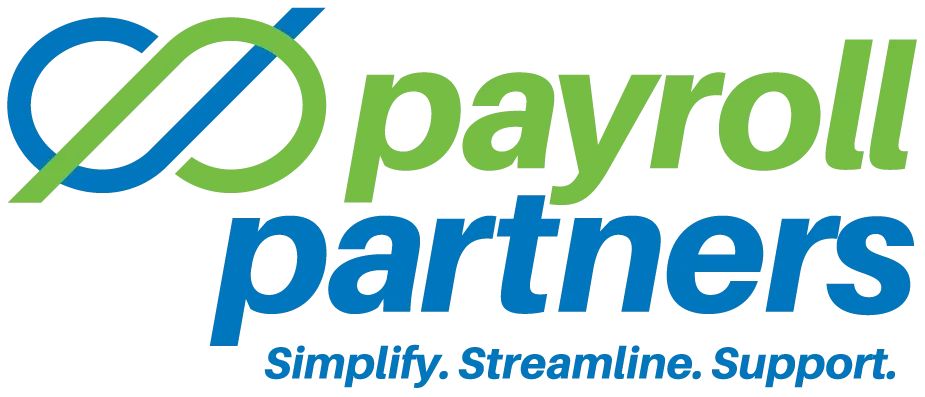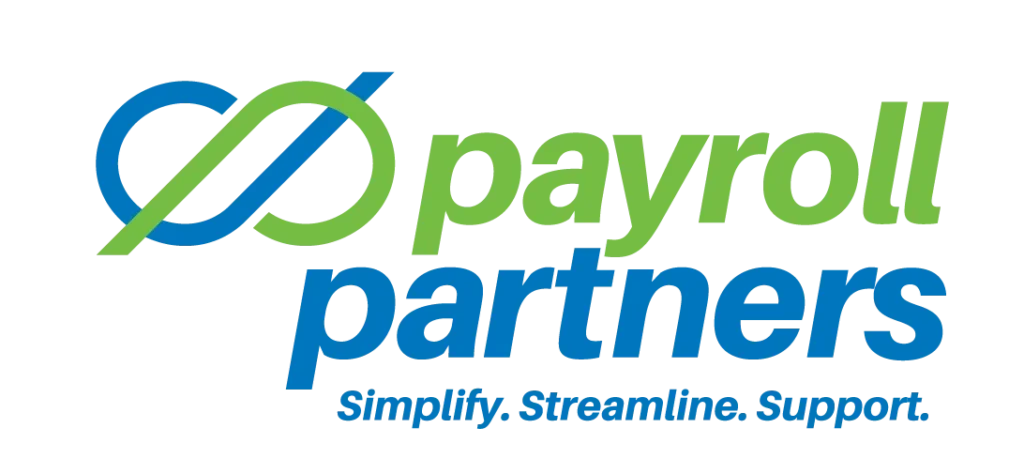In an ideal world, communication would be easy. We’d immediately know exactly what to say or write. Emails, Slack messages, and reply threads would practically write themselves. And there’d be no confusion about what anyone meant, ever.
Of course, communication never works that way. We stare at the computer screen trying to decide how to begin an email. We misspeak or garble our words. We don’t always convey exactly what we intend. We misunderstand, overlook, or forget information we’ve been given. We also sometimes read emotions into words that weren’t what the writer was feeling. Or we pack our speech with such an emotional punch that it distracts from the point we’re trying to make.
Written communication often exacerbates these issues, a fact that has many leaders worried since more people are working remotely and relying on the written word to do their jobs. It’s no secret that we spend far too much time on email and other communication tools.
Fortunately, you don’t necessarily need to hire a writing coach to teach your employees better writing skills—although this can in some cases be a good idea. You can significantly improve communication in your organization by asking your employees to consider the following practices in their written communications:
Break up long sentences and paragraphs
A big unbroken block of text is likely to befuddle your reader before they even get to the first word. Long sentences and paragraphs also make comprehension and retention of information much more difficult. Note the differences in these two communications:
Sample 1: I support the goals outlined in the proposal you sent to me yesterday, especially the need to better define appropriate metrics around the solicitation of customer satisfaction scores, and I want to thank you for the thought you gave to proposing workable solutions, but I’m not sure if all of the proposed solutions will work at this time. Let’s discuss it all at our next check-in.
Sample 2: Thank you for sending the proposal yesterday. I appreciate the thought you put into it. I agree with you about the goals, especially what you wrote about customer satisfaction scores. The solutions you proposed, however, may be a challenge to implement right away. Let’s discuss the proposal at our next check-in.
These samples provide the same information, but the second is easier to follow and digest.
Use clear, concrete terms
Vague words, convoluted ideas, and broad generalizations make for easy miscommunication. Your reader will be more likely to understand your meaning if your language is specific. Remember too that just because something is clear to you doesn’t necessarily mean it will be clear to your reader. Compare these two statements:
Sample 1: Would you be able to review the thing I sent you earlier?
Sample 2: Here’s the letter for Anil I told you about this morning. Would you be able to proofread it for typos by the end of the day?
The first sample is likely to cause confusion and frustration if the recipient has recently received a lot of “things” from the writer or other people. In contrast, the second sample makes the context and the requested task clear to the reader.
Provide context and direction when adding someone to a conversation
Most of us have had the experience of receiving a forwarded email that we’re not immediately sure what to do with. Should we keep it as a reference? Read through the thread? Respond in some way? We haven’t been told. Don’t do this. You should clue the reader in to what the conversation entails and what they need to know and do in response. Compare:
Sample 1: Please see below. What do you think?
Sample 2: Please read through the conversation below and note the product request from Oliver. Is that something you can add to your work this week?
The first sample is likely to prompt the recipient to weigh in on the wrong subject or ask the writer for clarification before responding, wasting valuable time either way. The second sample gives clear instruction, saving time.
Avoid unnecessary details
While some context is useful, too much can overwhelm the reader and add to the time it takes for the communication to be written, read, and acted on.
Sample 1: I ran into Lindsay in the lunchroom and asked her about the Paterson deal. She asked me to follow up with her after her lunch break, which I did, and she gave me permission to start on the outline. She seemed a little aggravated that I interrupted her lunch. Anyway, I need to respond to a few emails before I get started on it, but I will get to it after and have it to you and her by close of business today.
Sample 2: I got the go ahead from Lindsay on the Paterson deal. I’m working on the outline and will email it to you and her by close of business today.
The first sample likely has too much information. The writer may have felt like including the extra details because they felt bad about asking Lindsay to work on her lunch break, but unless there’s a good reason for the recipient to know those details, they’re best left out.
Save difficult or emotionally intense conversations for calls, video conferences, or in-person meetings
These conversations usually require more finesse than written text can provide. If you anticipate a strong emotional response to what you have to say, or if you believe the person with whom you’ll be communicating may read strong emotions into what you have to say, don’t write to them. Talk it through instead. Let them hear your voice and listen carefully to theirs.
The HR Support Center is a service offered to Payroll Partners clients, and provides access to exclusive, industry-leading HR tools and resources, for just a few dollars a month. From employee handbooks, job descriptions and other commonly used HR documents, to up-to-the-minute law alerts, easy-to-understand state and federal law libraries, and unique training videos, the HR Support Center will help you effectively manage your HR compliance and employee relations needs.
Original content by the HR Support Center. This information is provided with the understanding that Payroll Partners is not rendering legal, human resources, or other professional advice or service. Professional advice on specific issues should be sought from a lawyer, HR consultant or other professional.

